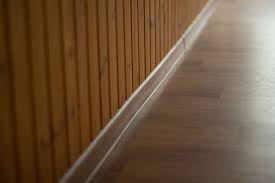
Lambs Tongue Skirting Boards: Blending Tradition with Modern Style
Skirting board lambs tongue is really a vintage design feature that brings style and character to any inside room. Produced from its resemblance on the form of a lamb’s mouth, this ornamental molding is normally utilized with the basic of walls where they match the ground. Its unique condition and user profile not just provide an operating goal but also bring about the overall looks of the area.
Originating from classical design, the skirting board architrave has stood the exam of time, remaining a well known choice both in traditional and modern-day home design. Its design and style typically incorporates a convex bend at the top, which gently tapers as a result of a narrower bottom. This original user profile brings aesthetic attention and softens the transition between wall surfaces and surfaces, building a seamless and refined look.
One of many key features of skirting board lambs tongue is its overall flexibility. It could complement a wide array of interior variations, from Victorian and Georgian to contemporary and minimalist. Whether or not installed in a period of time property or a contemporary condo, lambs mouth skirting panels easily boost the design charm for any area.
As well as its cosmetic charm, skirting board lambs tongue also acts practical functions. It will help guard surfaces from damage brought on by furnishings, vacuum cleaners, and everyday damage. By covering the joint between the wall structure and flooring, additionally, it conceals any gaps or defects, providing a clean and finished appearance.
Setting up skirting board lambs tongue is relatively simple, which makes it a well known option for both DIY fanatics and expert building contractors. It could be produced from a variety of components, which include timber, MDF (method-solidity fiberboard), and Pvc material (polyvinyl chloride), giving choices to fit distinct financial budgets and tastes.
General, skirting board lambs tongue is really a timeless structural factor that provides elegance, elegance, and features to inside places. No matter if used to evoke a feeling of traditions or perhaps to improve an advanced aesthetic, its stylish profile and practical benefits make it a staple feature in houses and professional buildings alike.